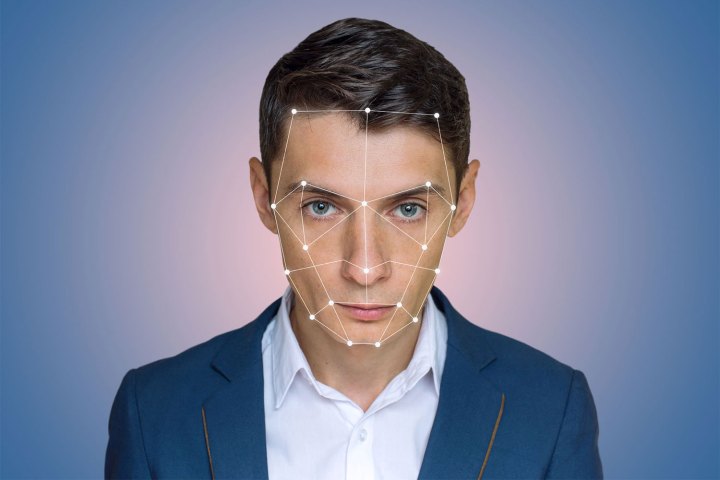
According to the report, Huwai, Oppo, and Xiamoi are all working on 3D sensor technology of their own. This is the technology used in the iPhone X‘s Face ID software, which allows Apple’s latest flagship to be unlocked by reading the owner’s face.
According to DigiTimes’ “industry sources,” the companies that make the technology necessary for 3D facial sensors are getting an increasingly large number of orders, which would imply that next year’s flagship Android faces will feature something similar to Apple’s Face ID.
The basics of this technology have been around for some time, but Apple boasts that its new Face ID is the most accurate of its kind. The Cupertino company says that there is only a 1 in a million chance of a random person’s face tricking Face ID, compared to the 1 in 50,000 chance offered by fingerprint sensors.
While these are only rumors at this point, don’t be surprised if they turn out to be true. We’ve already heard that the Galaxy S9 may offer similar features. In fact, we’re starting to see it on Android phones already. The OnePlus 5T, which goes on sale later this month, will offer facial recognition software in addition to fingerprint scanning.
One interesting question is rather or not these flagship Androids will completely do away with fingerprint scanners — as Apple has done with the iPhone X — or offer facial recognition on top of a password and fingerprint scanning technology. We could reasonably assume that the facial recognition will remain optional for now. The iPhone X is selling well, but it remains a niche device meant to appeal to Apple’s hardcore fans. It’s not yet clear if the mass-market is ready to fully embrace facial recognition.
It’s a nice option to have, but Android devices have always prided themselves on being a bit more open than iOS, so it would be nice see them remain open in regards to fingerprint scanning and facial recognition.


